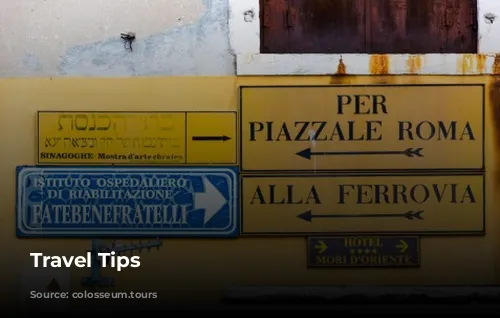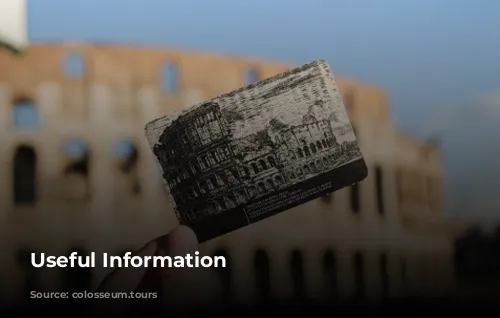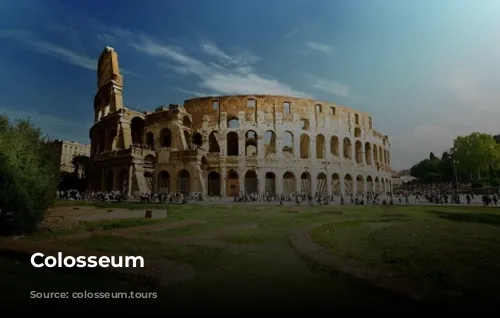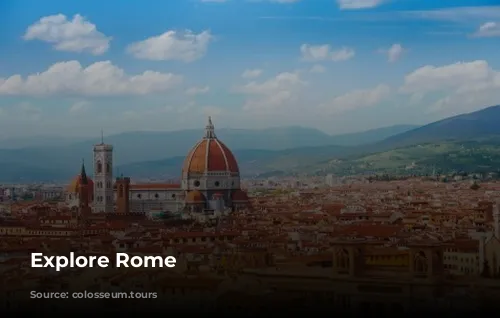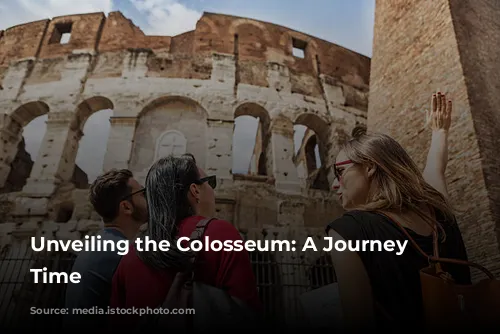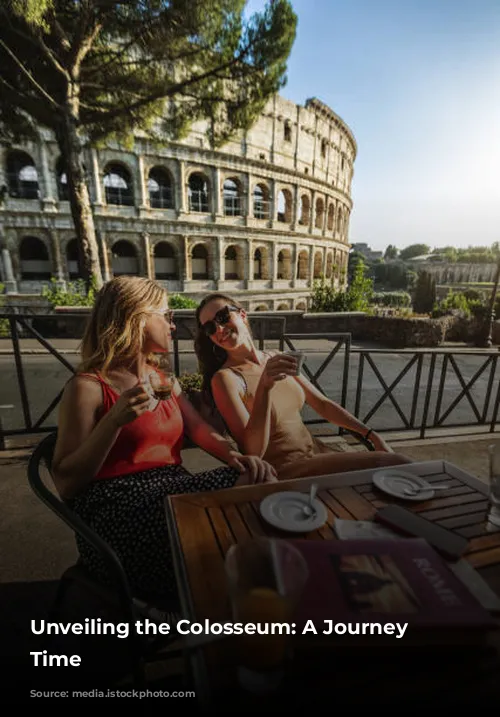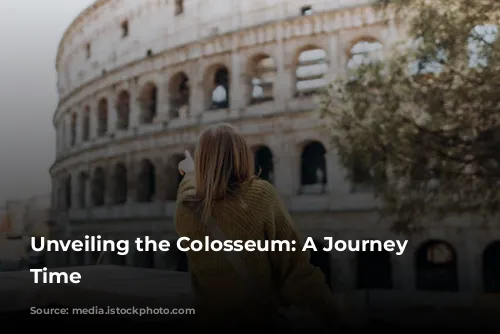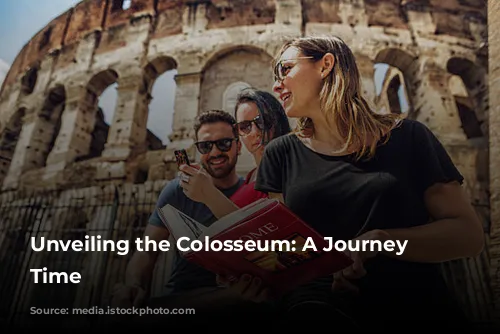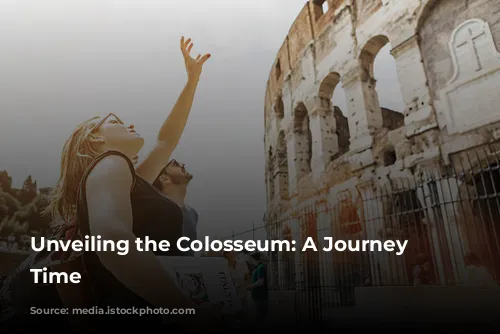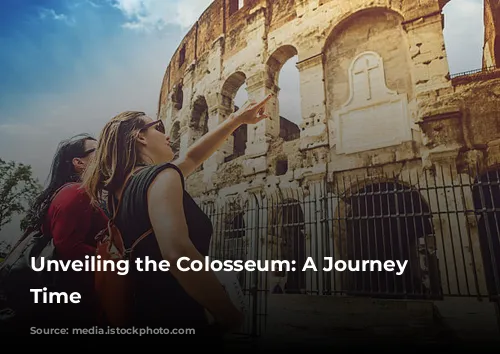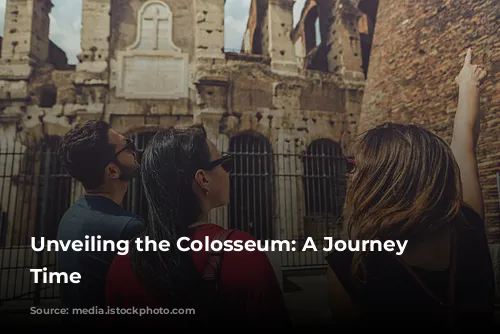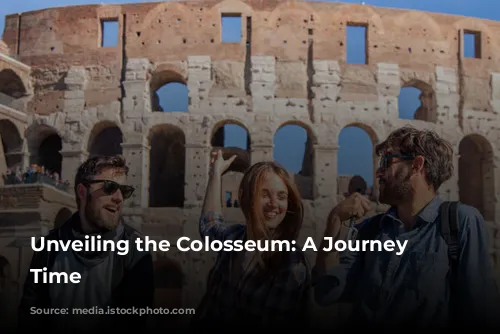Embark on an incredible journey through time at the Colosseum, one of Rome’s most iconic landmarks. This ancient amphitheater, a testament to the grandeur of the Roman Empire, has witnessed gladiatorial battles, animal hunts, and mock naval battles. Its massive structure, capable of holding up to 80,000 spectators, is a marvel of engineering and architectural prowess.
When to Visit:
The Colosseum’s operating hours vary throughout the year.
January 2 to February 15: 8:30 AM – 3:30 PM
February 16 to March 15: 8:30 AM – 4:00 PM
March 16 to last Saturday of March: 8:30 AM – 4:30 PM
Last Sunday of March to August 31: 8:30 AM – 6:15 PM
September 1 to September 30: 8:30 AM – 6:00 PM
October 1 to last Saturday of October: 8:30 AM – 5:30 PM
Last Sunday of October to December 31: 8:30 AM – 3:30 PM
What to Leave Behind:
To ensure a smooth and enjoyable experience, it’s best to leave these items at home:
- Large bags, backpacks, or any type of wheeled luggage
- Glass containers or bottles
- Weapons, including pocket knives
- Aerosol sprays
Planning Your Visit:
To avoid long lines and guarantee entry, book your tickets in advance. Secure your preferred date and time slot for a seamless visit. Pre-booked tickets often include skip-the-line access, allowing you to maximize your time exploring the Colosseum and its surroundings.
A Glimpse into the Past:
The Colosseum’s history stretches back to ancient times. Built around 70-80 AD under the reign of Emperor Vespasian of the Flavian dynasty, this massive amphitheater served as a stage for various spectacles. Its design showcases the ingenuity of Roman engineering, with a large oval structure encompassing four levels, reaching a height of approximately 48 meters.
Built using limestone, concrete, and bricks, the Colosseum features three tiers of arches decorated with distinct columns. The lower level boasts Doric columns, the middle Ionic, and the upper Corinthian. With its network of ramps, stairs, and tunnels, the Colosseum facilitated efficient movement of people and animals during events. This clever design ensured a smooth flow of spectators and seamless staging of shows, highlighting the Romans’ mastery of architecture.
A Magical Evening at the Colosseum:
As night falls, the Colosseum is transformed into a majestic spectacle, its illuminated silhouette casting a mesmerizing glow against the dark sky. The peaceful atmosphere invites contemplation, allowing visitors to connect with the Colosseum’s rich history. Experiencing the Colosseum at night is a truly magical journey through time.
Savoring Roman Delights:
Rome’s culinary scene offers a tantalizing array of flavors. While upscale dining options abound, nothing compares to the authentic taste of street food. Look for spots frequented by locals, a sure sign of delicious and high-quality fare. Many restaurants in Rome automatically include a service charge on the bill, compensating waitstaff for their service. However, if you’re particularly impressed with the service or if the bill doesn’t include a service charge, a 10% tip is customary.
Exploring the City in Comfort:
To fully appreciate the beauty and charm of Rome, comfortable shoes are essential. With countless attractions to discover on foot, ensure you’re prepared for long walks and comfortable explorations.
Unveiling Ancient Rome: Guided Tours
Join a small group led by a friendly and knowledgeable guide to uncover the highlights of Ancient Rome. This exciting tour will take you through the Colosseum, where you’ll delve into its architecture and learn about the Roman’s passion for games.
Step onto the arena floor, where gladiators once battled for glory, and immerse yourself in the echoes of history. The tour continues to Palatine Hill, the oldest part of Rome, where Emperors resided in magnificent homes. Wander through the ruins, soaking in the serene surroundings and breathtaking views. Finally, descend into the Roman Forum, walking along ancient roads and marveling at temples, offices, and the senate building.
This guided tour offers the benefits of skipping the lines, gaining historical insights, and witnessing the Colosseum and the Ancient City through the lens of a knowledgeable local guide.
Discovering the Colosseum and Ancient City:
Delve deeper into the history of these iconic landmarks with your knowledgeable guide. Experience the grandeur of the Colosseum, admiring its impressive structure and learning about its tumultuous past, including damage from earthquakes.
Ascend Palatine Hill for panoramic views and visit ancient ruins like the House of Augustus. Then, immerse yourself in the Roman Forum, once a vibrant center of political activity and speeches. Marvel at architectural wonders such as the Temple of Romulus.
Throughout your journey, listen to captivating stories that offer fascinating insights into the history of Rome.
A Personalized Colosseum and Ancient Rome Tour:
Experience the Colosseum and Roman Forum in a unique and unforgettable way with a personalized tour. Your friendly and professional tour guide will tailor the experience to your preferences, ensuring you explore the highlights that resonate most with your interests and needs.
This private tour allows you to bypass the crowds and enjoy exclusive entrance to the magnificent Colosseum.
The Imperial Forum and Roman Forum:
After meeting your guide at Trajan’s Column, you’ll embark on a short walk through the Imperial Forum before entering the famous Roman Forum.
Your private guide will illuminate the most renowned monuments and reveal hidden gems often overlooked on larger tours.
The Vatican: A Tapestry of History and Spirituality
A visit to the Vatican in Rome is a must-do for its profound historical and spiritual significance. Home to the Pope and the Roman Catholic Church, the Vatican is a global center of reverence.
The Vatican Museums showcase a vast collection of artistic treasures, including iconic works by Michelangelo and Raphael. The Sistine Chapel’s breathtaking frescoes, particularly Michelangelo’s masterpiece on its ceiling, leave visitors in awe.
St. Peter’s Basilica, renowned for its awe-inspiring architecture and religious significance, is equally captivating.
A Glimpse into Roman Life: Trastevere and Monti
Nestled in the heart of Rome, neighborhoods like Trastevere and Monti offer visitors an authentic glimpse into the city’s vibrant life and rich history.
Trastevere, with its narrow cobblestone streets and colorful buildings, exudes a bohemian charm. This neighborhood is celebrated for its bustling piazzas, lively trattorias, and vibrant nightlife.
Monti, on the other hand, presents a more eclectic ambiance, blending ancient ruins with trendy boutiques and artisanal shops. Its labyrinthine alleys lead to hidden gems, quaint cafes, and artisan workshops, making it a haven for artists and creatives. Both neighborhoods boast picturesque squares where locals gather, creating a lively atmosphere perfect for leisurely strolls.
Free Museum Days in Rome
Every first Sunday of the month in Rome, entry to state-owned museums, galleries, parks, and some archaeological sites is free. While this is the busiest day of the month, consider arriving early to make the most of this opportunity.
The Colosseum: A Symbol of Power and Prestige
The Colosseum is the most visited and undoubtedly the most popular monument in Rome, indeed in all of Italy. It stands as the iconic symbol of the ancient Roman Empire and the modern city today, much like the Eiffel Tower in Paris.
In its time, the Colosseum was a symbol of prestige, representing the power, might, and even the savagery of the ancient Romans.
